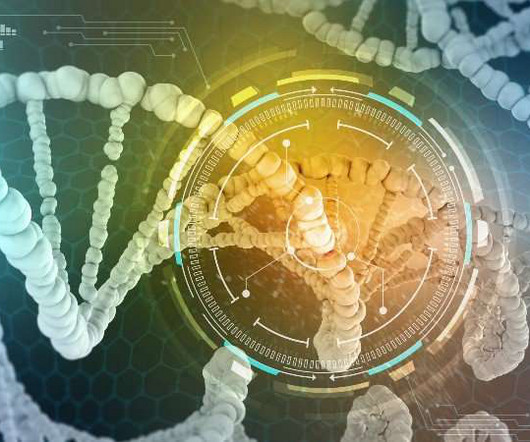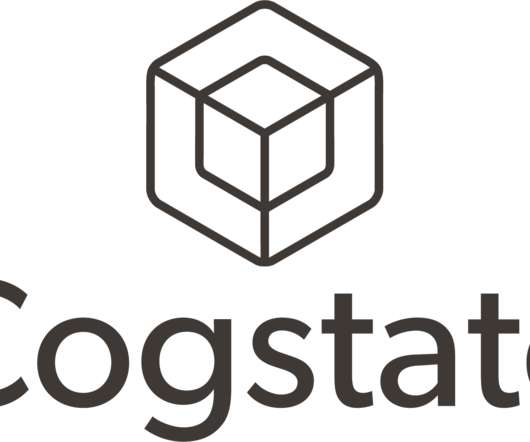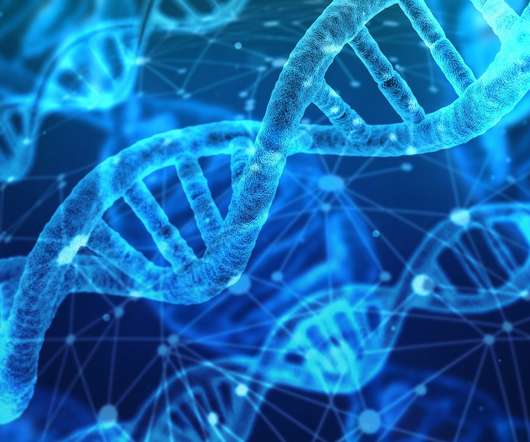World RNA Day: What impact RNA it had on drug discovery?
Drug Discovery World
AUGUST 1, 2023
1 August was first chosen as World RNA Day in 2018 as a play on AUG (adenine, uracil and guanine), a triple sequence of RNA (called a codon) that initiates protein synthesis by the cell. Since then, it has been observed to publicise the importance of this molecule in the generation of proteins in the body.













Let's personalize your content